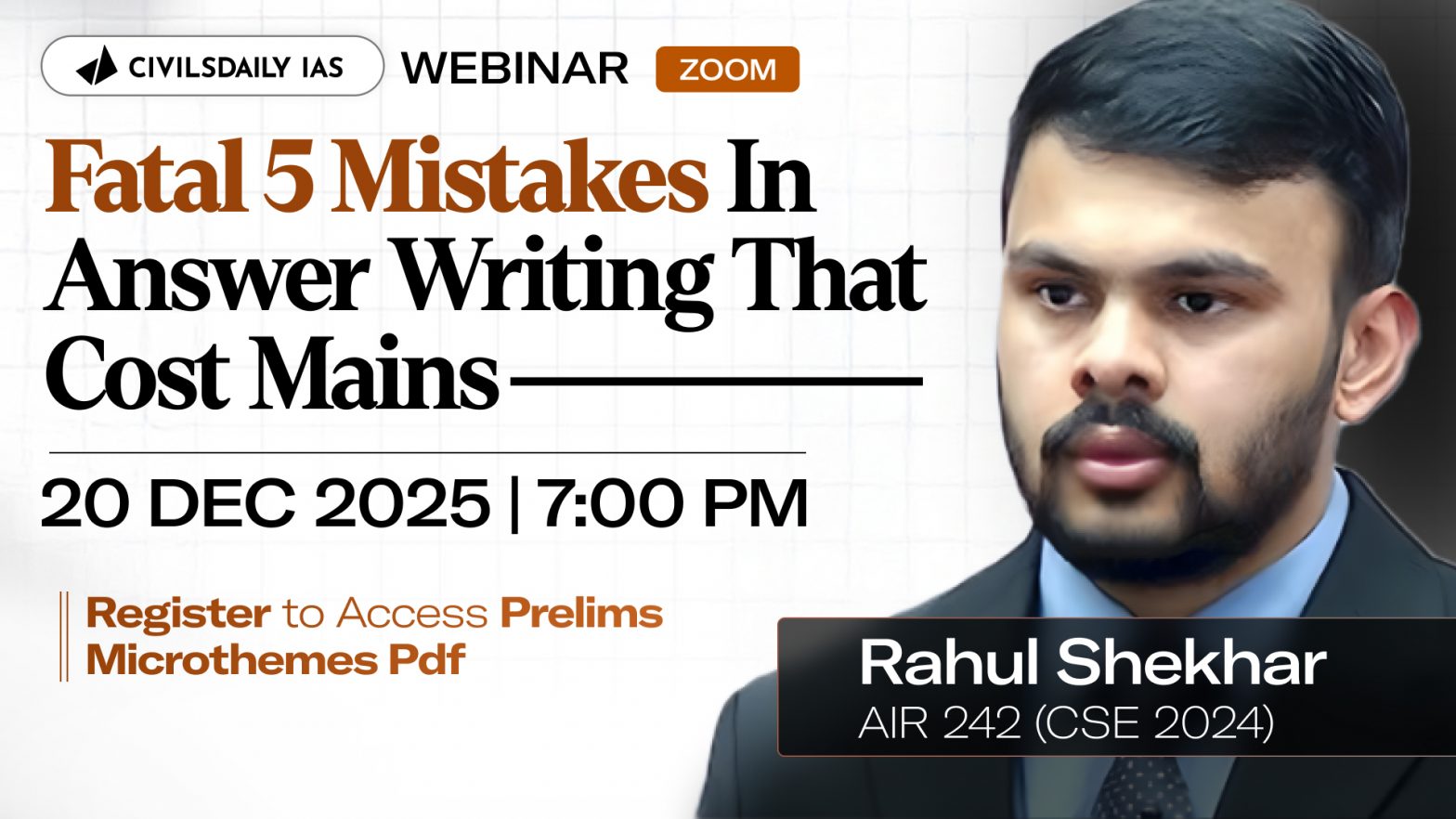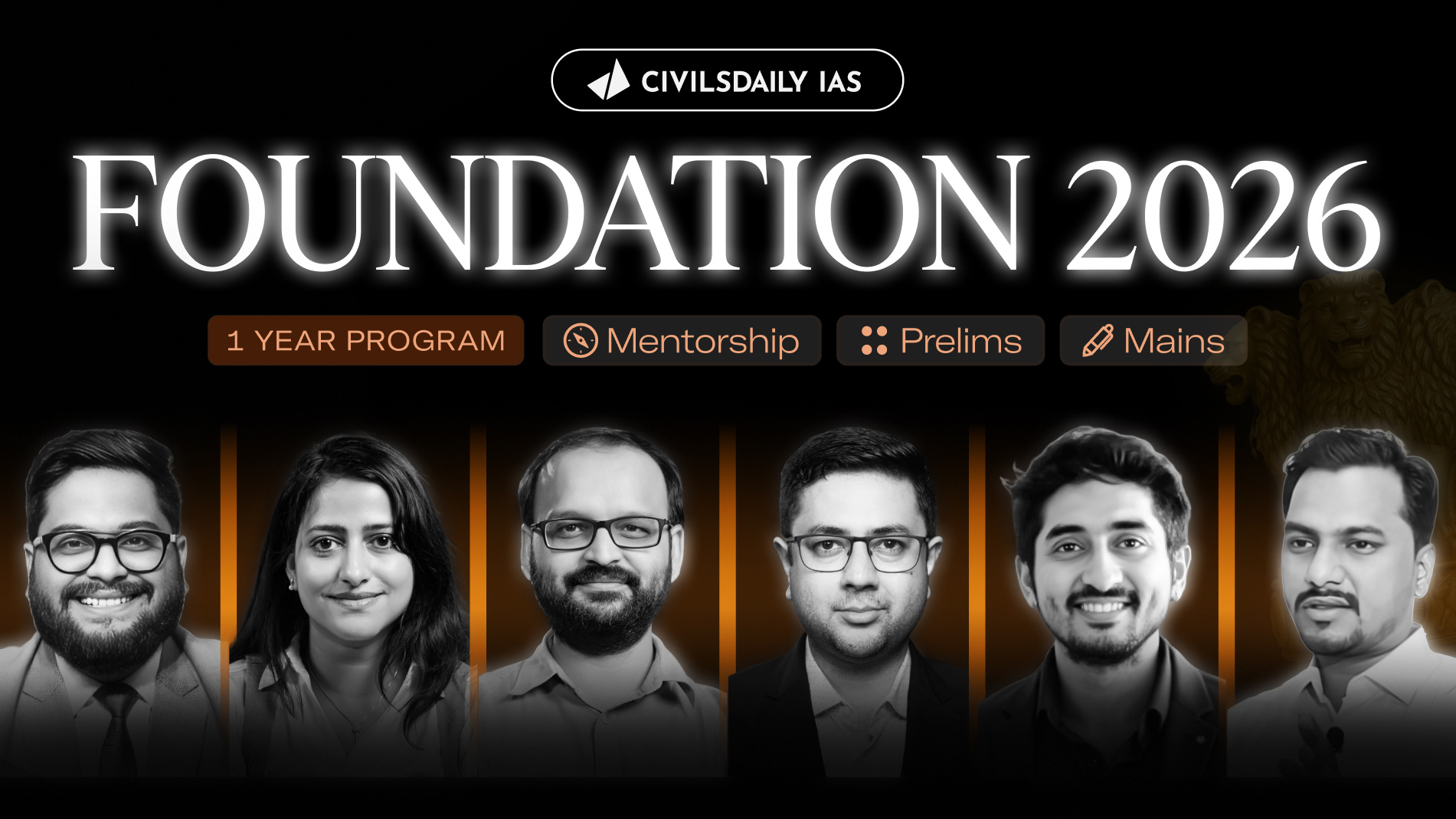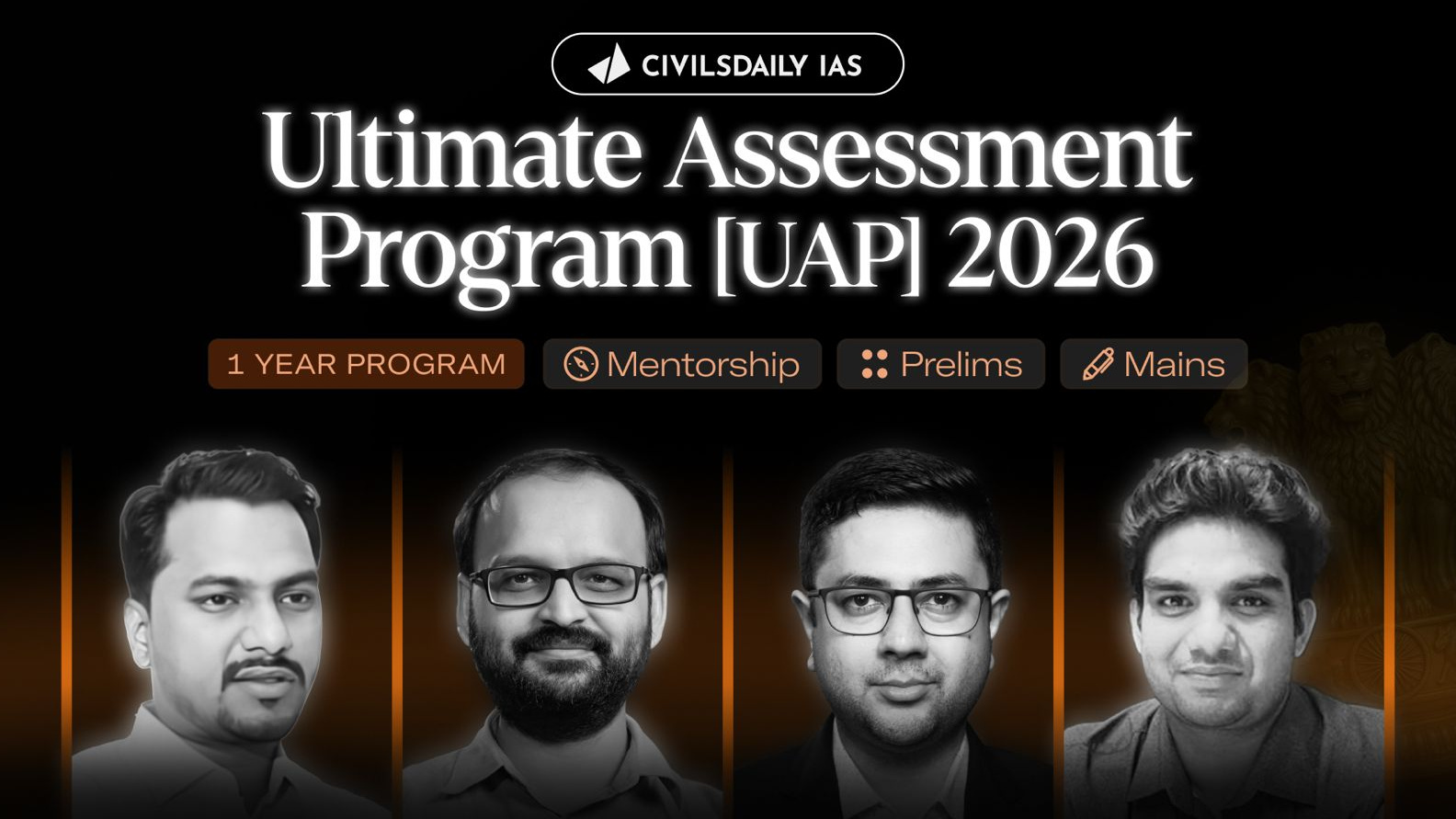





Burning IssuesInterview ProgramMotivation BytesPrelims DailyPrevious Year Question PaperProgram LaunchRanker WebinarsThe Hindu Op-edToppers TestimonialsUPSC Mains Topic-Wise PYQsUPSC PreparationUPSC SyllabusX Factor Notes
6th October
Types of Cropping Systems: Mono cropping; Crop Rotation; Sequential Cropping; Inter Cropping; Relay Cropping
Cropping Systems/ Combinations Monocropping: Example Planting Wheat year after year in the same field. Monocropping is when the field is used to grow only one crop season after season. Disadvantages: it is difficult to maintain cover on the soil; it encourages pests, diseases and weeds; and it can reduce the soil fertility and damage the… Continue reading Types of Cropping Systems: Mono cropping; Crop Rotation; Sequential Cropping; Inter Cropping; Relay Cropping
Cropping Patterns in India: Factors Affecting; Most Important Cropping Patterns
Cropping Pattern in India Back to Basics: Cropping Pattern mean the proportion of area under different crops at a point of time, changes in this distribution overtime and factors determining these changes. Cropping pattern in India is determined mainly by rainfall, climate, temperature and soil type. Technology also plays a pivotal role in determining crop… Continue reading Cropping Patterns in India: Factors Affecting; Most Important Cropping Patterns
Situation of Indian Agriculture
Indian Agriculture: A brief Outlook Agriculture accounted for 14% of India’s GDP in 2016-17 and provided employment to more than half a billion people. The share of Agriculture in employment is close to 54% as on 2016-17. Indian Agriculture is dominated by the small-scale farming and is characterised by low productivity. The average size of… Continue reading Situation of Indian Agriculture
Changes in Industrial Policy and its effect on growth
Industrial development in India Industrial Policy in India and its effects on growth Public sector undertakings in India Privatisation of the Public Sector Enterprises
Privatisation of Public Sector Enterprises in India
Privatisation of Public Sector Enterprises in India Privatisation is a process by which the government transfers the productive activity from the public sector to the private sector. Privatisation offers many advantages. Methods of Privatisation adopted in India. Initial Public Offers (IPO). IPOs are the most favoured method of privatisation followed in the developed countries of… Continue reading Privatisation of Public Sector Enterprises in India
Public sector undertakings in India
The Role of Public Sector Enterprises in the Indian Economy. Disinvestment Policy in India. Categories of Public Sector Enterprises: Maharatnas; Navratnas; Miniratnas.
Categories of Public Sector Enterprises: Maharatnas; Navratnas; Miniratnas
Navratnas, Maharatnas and Miniratnas The Public Sector Enterprises are run by the Government under the Department of Public Enterprises of Ministry of Heavy Industries and Public Enterprises. The government grants the status of Navratna, Miniratna and Maharatna to Central Public Sector Enterprises based upon the profit made by these CPSEs. The Maharatna category has been… Continue reading Categories of Public Sector Enterprises: Maharatnas; Navratnas; Miniratnas
Disinvestment Policy in India.
The Disinvestment Program in India Disinvestment of the Shares/Equity of Public Sector Enterprises The government of India has decided to withdraw from the Industrial sector, and in accordance with this decision, it decided to privatize the Public sector enterprises in a gradual and phased manner. The approach adopted by the government in this regard is… Continue reading Disinvestment Policy in India.
The Role of Public Sector Enterprises in the Indian Economy.
Public Sector in the India Economy What is Public Sector: A Brief Profile The public sector in India is composed of a number of segments The Importance/Presence of the Public Sector in the Indian Economy Role of the Public Sector in the Indian Economy Problems Associated with Public Sector Public Sector Reforms in India, 1991… Continue reading The Role of Public Sector Enterprises in the Indian Economy.
Industrial Policy in India and its effects on growth
Industrial Policy in India: Pre 1991 Era Industrial Policy in India: Post 1991 Period; New Industrial Policy-1991, National Manufacturing Policy, Make in India.
Industrial Policy in India: Post 1991 Period; New Industrial Policy-1991, National Manufacturing Policy, Make in India.
Industrial Policy in India: Post 1991 Reforms, Period New Industrial Policy, 1991 In the backdrop of severe Balance of Payment Crisis of 1991, the Government in continuation of the measured announced during the 1980s announced a New Industrial Policy on July 24, 1991. The new industrial policy was a major structural break for the Indian economy.… Continue reading Industrial Policy in India: Post 1991 Period; New Industrial Policy-1991, National Manufacturing Policy, Make in India.
Industrial Policy in India: Pre 1991 Era
Industrial Policy in India A brief outline of Industrial Policy. After Independence, the Government of India adopted an approach to develop Industrial sector of India. India adopted several Industrial Policy resolution to develop the Industrial sector. Industrial Policy Prior to 1991. Industrial Policy Resolution, 1948. The resolution was issued on April 6, 1948. The resolution… Continue reading Industrial Policy in India: Pre 1991 Era
Industrial development in India
Phases of Industrial Development in India Industrialisation during the British Rule Indian Industry had a global presence before the advent of Britishers in India. Before the advent of British in India, India accounted for a quarter of World’s Industrial output. The exports from India consisted of manufacturers goods like cotton, silk, artistic ware, silk and… Continue reading Industrial development in India
6 Oct 2017 | Prelims Daily with Previous Year Questions & Tikdams
Q.1) Consider the following statements explaining differences between Whole Price Index(WPI) and Consumer Price Index(CPI): 1. Food items have a larger weight in the CPI than in the WPI. 2. Services are not covered under WPI while they are covered under CPI. Which of the statements given above is/are correct? a) 1 only b) 2… Continue reading 6 Oct 2017 | Prelims Daily with Previous Year Questions & Tikdams
5th October
Thanks Giving!
I wish to place my gratitude towards RK Sahoo Sir and Pritam Kumar Sir who have always reviewed my answers and given valuable feedbacks. PS -I thought of thanking them in the ” reply ” section but it was not working.
5 Oct 2017 | Prelims Daily with Previous Year Questions & Tikdams
Q.1) Which of the following Commodities does not fall under the GST? 1. Petroleum 2. Electricity 3. Alcohol for industrial consumption Select the correct option using the codes given below. a) 1 and 2 only b) 2 and 3 only c) 1 and 3 only d) 1, 2 and 3 Q.2) With reference to the… Continue reading 5 Oct 2017 | Prelims Daily with Previous Year Questions & Tikdams
4th October
4 Oct 2017 | Prelims Daily with Previous Year Questions & Tikdams
Q.1) Consider the following statements regarding the ‘Morgan Stanley’: 1. It is headquartered in the USA. 2. It also deals in investment banking other than securities, wealth management and investment management services. Which of the statements given above is/are correct? a) 2 only b) 1 only c) Both are correct d) Neither 1 nor 2… Continue reading 4 Oct 2017 | Prelims Daily with Previous Year Questions & Tikdams
2nd October
3 Oct 2017 | Prelims Daily with Previous Year Questions & Tikdams
Q1) Which of the following currencies follow ‘Floating exchange rate’ system? 1. the United States dollar 2. the Indian rupee 3. the euro Select the correct option using the codes given below. a) 1 and 2 only b) 2 and 3 only c) 1, 2 and 3 d) 1 and 3 only Q.2) Consider the… Continue reading 3 Oct 2017 | Prelims Daily with Previous Year Questions & Tikdams
1st October
Mains answer writing practice
Will there be no mains answer writing practice today?
01 Oct 2017 | Target Mains | 6th Weekly Test with Official Answer
Attempt the questions individually by clicking on them. Q.1) The demand for creation of separate states in India has often been driven by lack of development. In the light of ongoing Gorakahland agitation in Darjeeling, discuss the roots and causes of current crisis. How should the government deal with the situation? India has seen several… Continue reading 01 Oct 2017 | Target Mains | 6th Weekly Test with Official Answer
Slide Anything shortcode error: A valid ID has not been provided






